How to avoid transplant shock and help the recovery of a citrus plant
Fahmy
10 months ago
last modified: 10 months ago
Featured Answer
Comments (43)
poncirusguy6b452xx
10 months agoFahmy
10 months agoRelated Discussions
Help! Transplant Shock ! 2:00 est
Comments (31)Taz was asking if you bought your light table new from a store or did you buy it used from an individual. He was asking not because of the age of the light table, but to see if the bulbs originally placed in the fixture might have been of a lower wattage. But since you've said before that the old bulbs were 20W, which I assume you can read printed on the bulb, then...well...that's what was in there. Whew. I feel like this thread reads like 'Who's on First?' :) Oh, and before you go buy new fixtures, just try starting a few seeds under these new bulbs from the get-go. I mean, like 5 seeds. Just to see. Because, like say, those old leggy zinnias were goners. You just can't 'fix' legginess once it's that bad....See MoreMeyer 2 Months Post Transplant- Still In Shock?
Comments (9)Hi Everyone- Thanks for the input. The tree usually sits in the best window I can offer it. I think that the lighting there is adequate once it adjusts, because the Meyer that sits right next to it is doing just fine. (But the lighting situation is not ideal by any means! I live in Seattle after all. I moved it to the bathroom counter for a photo. Due to back lighting you could not even see the tree when I tried to take photos of it where is normally sits). Lighting is a solid 8 to 9 hours and that will only improve as we get more into summer. The light it is receiving is overcast with sun breaks these days, but the days are getting better and better with more sun than not. We are moving out of our solid-thick clouded rain season. We are just now coming into spring here so longer days of sun are on the way. Hopefully that will help. It must be as you suggested. It is just taking its sweet time to heal up. I will just give it more time to come around and possibly do a transplant it in a few months. I am curious now about possibly moving it into a plastic pot due to what I have been reading lately about the clay pot keeping the roots too cool. Cooler temps are defiantly something I have to deal with here, so if moving to plastic will help a bit maybe I should be doing that? Josh- to answer yours and Huston's question regarding feeding and watering. I am using the proper dilution of FB (1 cap to 1 gallon) once a week. Should it be stronger than that? I am watering less than once a week these days out of fear that I was over-watering. (I was averaging once a week easily) I am trying to use my other tree as a gauge as to when I actually need to water. This one is so distressed I can't tell by looking at it, but I can tell when my other tree is about ready. I will continue to try to use the dowel just in case. We are not getting allot of heat yet. Just a few days in a row where the window reached 70/75 per the thermometer I keep there. So I know it is not drying out. We have really good windows so even when it was snowing the temperature in the window is a steady 65. I know my conditions are not perfect, but seeing how I have one tree that did just as I asked- given those conditions last year I figured I should try again with another. I think it will pull through knowing now that it may just be a very slow recovery. I will keep my eye on it and hopefully it will start to improve over the next few months. I guess I should have realize that it would take at least that long to recover given the less-than-favorable conditions I am offering it. We learn as we go right! Thank you everyone for your input, I really appreciate it! Hopefully the next photos I post will be of a happy tree on its way to recovery! ~Jessica...See MoreAvoiding Root Rot When Transplanting to Gritty Mix
Comments (17)I myself being an avid user of the gritty mix for years do not have much luck either with any of my succulents unless it's a cactus and even those I have killed in it. Not because the mix stinks, but because I do, when it comes to watering properly.. I can not keep up with watering mine before the top few inches dry out and that can be every day in a hot window, hot sun, or under lights. So the very shallow roots near the surface die back and then once a water again, the once healthy roots that use to take up water before I desiccated them in just a day will stop functioning and just rot. If you are one that can water properly, and that means every day on most occasions until the roots have grown into the mix which can be timely, you must water more frequently making sure not to wait too long between intervals. With the mix I now use, containing some peat, I can put mine on any hot surface, on my hot sunny roof, usually meaning full sun, and under hot lights in a warm room, even on a hot window sill in winter, without coming home by the end of the day to see them toasted. It's nice to see that the top layer of my mixes retained enough moisture for a day or two to give me time to water again Then too, no fear of rot even on cool days or no matter how much it rains, because I use a heck of a lot more of per lite and pumice than I do peat....See MoreSuperthrive for Transplant Shock?
Comments (13)Superthrive or Superjive The question regarding the value of Superthrive as a miracle tonic for plants is often bandied about in horticultural circles. Over the years, I had read claims that ranged from, “I put it on my plant, which had never bloomed, and it was in full bloom the next day.” to, “It was dead - I put Superthrive on it and the next day it was alive and beautiful, growing better than it ever had before.” I decided to find out for myself. If you look for information on the net, you will probably only find the manufacturer’s claims and anecdotal observations, both so in want of anything that resembles a control. Though my experiments were far from purely scientific, I tried to keep some loose controls in place so that I could make a fair judgment of its value, based my own observations. Here is what I did, what I found, and the conclusions I made about any value the product Superthrive might hold for me. On four separate occasions, I took multiple cuttings of plants in four different genera. In each case the group of cuttings were taken from the same individual plant to reduce genetic variance. The plant materials I used were: Ficus benjamina, (a tropical weeping fig) Luna apiculata (Peruvian myrtle), Chaenorrhinum minus (a dwarf snapdragon), and an unknown variety of Coleus. In each instance, I prepared cuttings from the same plant and inserted them in a very fast, sterile soil. The containers containing half of the cuttings were immersed/soaked in a Superthrive solution of approximately 1/2 tsp per gallon of water to the upper soil line. The other half of the cuttings were watered in with water only. In subsequent waterings, I would water the “Superthrive batch” of cuttings with a solution of 10 drops per gallon and the others with only water. The same fertilizer regimen was followed on both groups of cuttings. In all four instances, the cuttings that I used Superthrive on rooted and showed new growth first. For this reason, it follows that they would naturally exhibit better development, though I could see no difference in overall vitality, once rooted. I can also say that a slightly higher percentage of cuttings rooted that were treated with the Superthrive treatment at the outset. I suspect that is directly related to the effects of the auxin in Superthrive hastening initiation of root primordia before potential vascular connections were destroyed by rot causing organisms. In particular, something I looked for because of my affinity for a compact form in plants was branch (stem) extension. (The writer is a bonsai practitioner.) Though the cuttings treated with Superthrive rooted sooner, they exhibited the same amount of branch extension. In other words, internode length was approximately equal and no difference in leaf size was noted. As a second part to each of my “experiments”, I divided the group of cuttings that had not been treated with Superthrive into two groups. One of the groups remained on the water/fertilizer only program, while the other group was treated to an additional 10 drops of Superthrive in each gallon of fertilizer solution. Again, the fertilizer regimen was the same for both groups. By summer’s end, I could detect no difference in bio-mass or vitality between the two groups of plants. Since I replicated the above experiment in four different trials, using four different plant materials, I am quite comfortable in drawing some conclusions as they apply to me and my growing habits or abilities. First, and based on my observations, I have concluded that Superthrive does hold value for me as a rooting aid, or stimulant if you prefer. I regularly soak the soil, usually overnight, of my newly root-pruned and often bare-rooted repots in a solution of 1/2 tsp Superthrive per gallon of water. Second, and also based on my observations, I no longer bother with its use at any time other than at repotting. No evidence was accumulated through the 4 trials to convince me that Superthrive was of any value as a “tonic” for plants with roots that were beyond the initiation or recovery stage. Interestingly, the first ingredient listed as being beneficial to plants on the Superthrive label is vitamin B-1 (or thiamine). Growing plants are able to synthesize their own vitamin B-1 as do many of the fungi and bacteria having relationships with plant roots, so it's extremely doubtful that vitamin B-1 could be deficient in soils or that a growing plant could exhibit a vitamin B-1 deficiency. Some will note that I used more of the product than suggested on the container. I wanted to see if any unwanted effects surfaced as well as trying to be sure there was ample opportunity for clear delineation between the groups. I suspect that if a more dilute solution was used, the difference between groups would have been even less clear. It might be worth noting that since the product contains the growth regulator (hormone) auxin, its overuse can cause defoliation, at least in dicots. The broad-leaf weed killer Weed-B-Gone and the infamous “Agent Orange“, a defoliant that saw widespread use in Viet Nam, are little more than synthetic auxin. Al...See MoreKen B Zone 7
10 months agotapla (mid-Michigan, USDA z5b-6a)
10 months agoSilica
10 months agolast modified: 10 months agotapla (mid-Michigan, USDA z5b-6a)
10 months agolast modified: 10 months agoSilica
10 months agotapla (mid-Michigan, USDA z5b-6a)
10 months agoFahmy
10 months agolast modified: 10 months agotapla (mid-Michigan, USDA z5b-6a)
10 months agolast modified: 10 months agoFahmy thanked tapla (mid-Michigan, USDA z5b-6a)Fahmy
10 months agolast modified: 10 months agotapla (mid-Michigan, USDA z5b-6a)
10 months agolast modified: 10 months agobluebelle_7a_germany
10 months agoKen B Zone 7
10 months agotapla (mid-Michigan, USDA z5b-6a)
10 months agobluebelle_7a_germany
10 months agoKen B Zone 7
10 months agoFahmy
10 months agotapla (mid-Michigan, USDA z5b-6a)
10 months agobluebelle_7a_germany
10 months agotapla (mid-Michigan, USDA z5b-6a)
10 months agoponcirusguy6b452xx
10 months agotapla (mid-Michigan, USDA z5b-6a)
10 months agoponcirusguy6b452xx
10 months agotapla (mid-Michigan, USDA z5b-6a)
10 months agobluebelle_7a_germany
10 months agotapla (mid-Michigan, USDA z5b-6a)
10 months agoponcirusguy6b452xx
10 months agotapla (mid-Michigan, USDA z5b-6a)
10 months agoponcirusguy6b452xx
10 months agobluebelle_7a_germany
10 months agotapla (mid-Michigan, USDA z5b-6a)
10 months agolast modified: 10 months agoFahmy
10 months agobluebelle_7a_germany
10 months agoponcirusguy6b452xx
10 months agoFahmy
10 months agobluebelle_7a_germany
9 months agoFahmy
9 months agotapla (mid-Michigan, USDA z5b-6a)
9 months ago
Related Stories

PETS6 Ways to Help Your Dog and Landscape Play Nicely Together
Keep your prized plantings intact and your dog happy too, with this wisdom from an expert gardener and dog guardian
Full Story
WINTER GARDENINGHow to Save Your Plants From Frost
Protect tender shrubs, perennials, succulents and citrus trees with these simple tricks
Full Story
ARBOR DAY8 Reasons to Plant a Great Tree
Beauty is its own reward, but the benefits of planting the right tree in the right place go way beyond looks
Full Story
EDIBLE GARDENSGarden BFFs? Why Your Vegetables Are Begging for Companion Plants
Foster friendships among plants for protection from pests, pollination support and color camaraderie
Full Story
HOUSEPLANTS10 Top Plants to Grow Indoors
Brighten a room and clean the air with a houseplant that cascades artfully, stretches toward the ceiling or looks great on a wall
Full Story
SELLING YOUR HOUSE10 Low-Cost Tweaks to Help Your Home Sell
Put these inexpensive but invaluable fixes on your to-do list before you put your home on the market
Full Story
FALL GARDENINGWhy Fall Is the Best Time for Planting
Spring is overrated for planting. Starting plants in autumn has advantages for both garden and gardener
Full Story
GARDENING GUIDES6 Plants That Beat Butterfly Bush for the Wildlife Draw
It's invasive, a nonnative and a poor insect magnet. Check out these better alternatives to butterfly bush in the garden
Full Story
HOUSEPLANTS8 Essentials for Healthy Indoor Plants
Houseplants add so much to our homes — and can thrive when grown in the right conditions. Keep these tips in mind
Full Story
GARDENING GUIDESWhen and How to Plant a Tree, and Why You Should
Trees add beauty while benefiting the environment. Learn the right way to plant one
Full Story




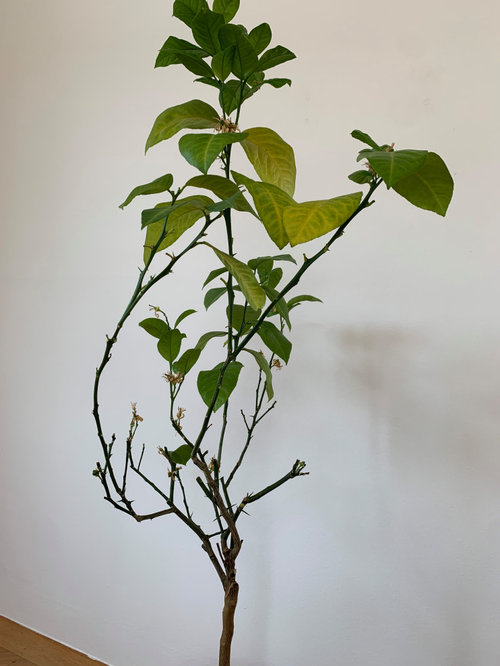

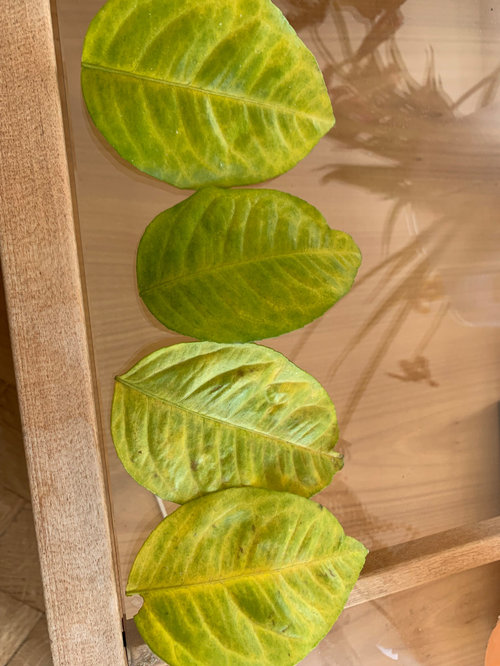
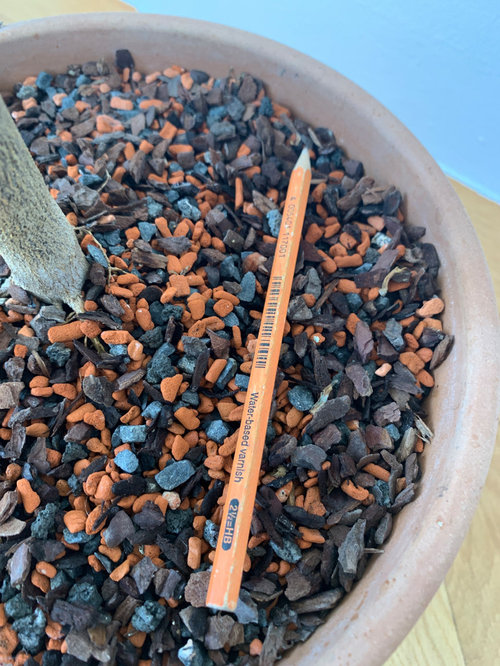

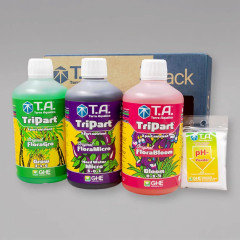


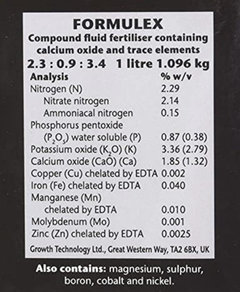
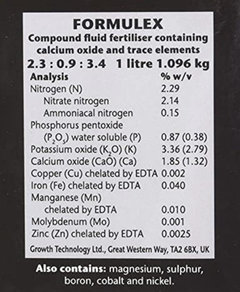
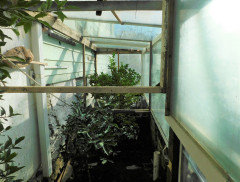


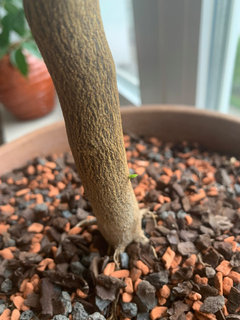




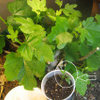
FahmyOriginal Author